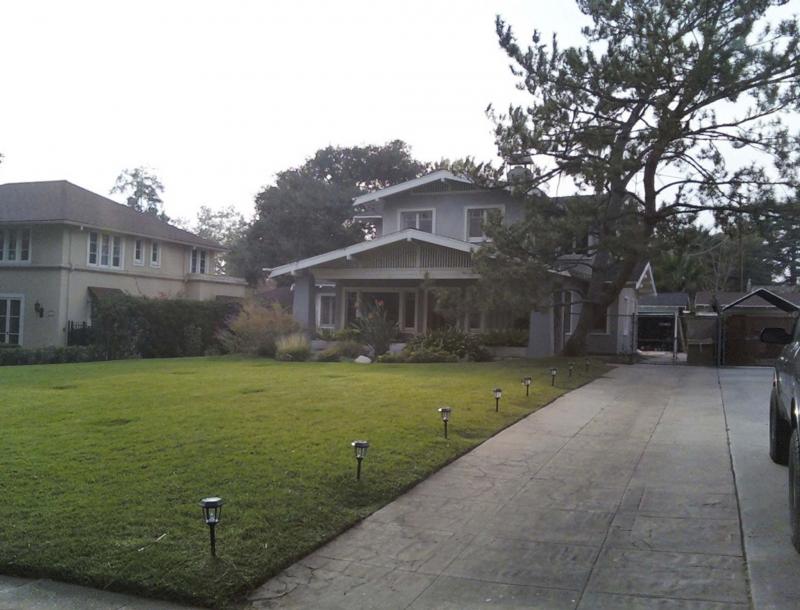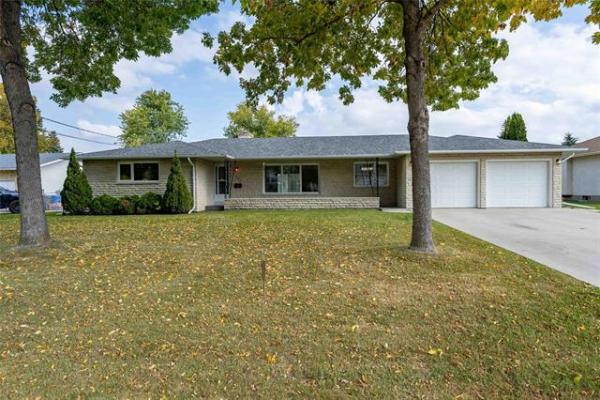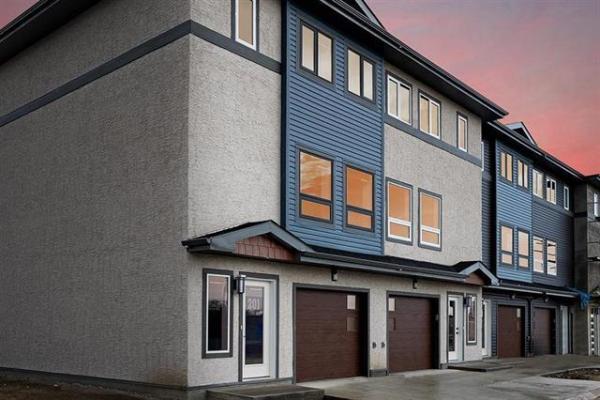Question: I have a concrete driveway at my Crestview home that started to crumble. It would cost $6,000 to $8,000 to replace it. I don’t want to spend that kind of cash. I went to the home and garden show a few years ago, and saw a product for restoring concrete. They said they could fix it for $1,200. After the repairs, the driveway looked nice. Then, after a couple of years, it started shaling. I got a hold of the company and, to make a long story short, after going through the BBB, it came out and fixed the problem. Or more accurately, they just put a band-aid on it. It is shaling again. I can’t get a hold of the company and it will not return calls. Is there a product I can use to coat over so it doesn’t shale? Could you point me in the right direction on how to fix it?
Sincerely, Debbie Roy
Answer: Concrete is a very durable building product, but can be very difficult to repair once it starts to deteriorate. There are some products on the market that may slow down such deterioration, but none that will be a permanent fix.
Beware of products purporting to accomplish the impossible — but some repairs may extend the life of a driveway for a few more years.
Concrete slabs poured in exterior areas around a home may be subject to a few different types of damage, depending on location and environmental conditions.
Even properly laid and finished concrete driveways can be subject to surface damage over time. Deterioration from rain, snow, ice, and particularly salt from roads and vehicles is common. This may happen shortly after installation or not for decades. Common cracks due to settlement or shrinkage are also something that may shorten the lifespan of a driveway.
There may be several reasons why some concrete slabs last for many years, while others lose their integrity after a short time.
If the weather is too hot, too cold, too dry or raining when the concrete is poured, it can affect how it cures. If there is too much water, or too little, in the mix, the concrete may not set up properly. If the surface of the concrete is troweled too soon after pouring, or done poorly, there is a higher chance of pitting or flaking. Also, coating the surface of the slab with a sealer after it has properly cured is not always done, but can help resist moisture damage.
Regardless of the cause of the deterioration, once the surface begins to flake off (often called spalling) moisture can easily penetrate deeper into the concrete.
If a poured concrete driveway or sidewalk is repeatedly wetted, and allowed to freeze and thaw, damage will occur.
If the surface of the slab is not compromised, there is less chance of this happening. Because water expands and contracts during the freeze-thaw cycle it can cause the aggregate (stones) to come loose, if they are exposed due to spalling of the top of the concrete.
Once that occurs, there may be little done to save the slab, other than preventing further damage.
The way to achieve this is by protecting the damaged concrete from excessive moisture intrusion.
Minor repairs can be accomplished by patching the surface with concrete-patching materials. Most of these products will simply be variations on the Portland cement used in the original mix, combined with sand or other fillers. Better-quality products may contain additives that will help the patching compound adhere to the old concrete but these can also be bought separately and added to the mixture before application. There are also other products that may be epoxy-based but these are much more costly and will look quite different than the original concrete. No matter what product you choose for patching, following the instructions for preparation of the old concrete before application is critical.
The main problem with any patching materials for concrete is ensuring proper adhesion to the older slab. The same environmental elements that caused the surface to deteriorate will now affect the patches. Because of the nature of poured concrete, anything added long after the concrete has cured may have difficulty holding on for more than a short period of time.
This is likely what happened with the concrete restoration product you paid for. If they gave assurances this would be a long-lasting or permanent repair, they misled you. You may not be able to contact the company because it may no longer be in business. There is a long history of companies with quick-fix building products that fail to live up to their claims, particularly with regard to longevity.
In truth, the only way to slow down the rapid deterioration of a driveway, once it has progressed, is regular patching.
Chipping out loose material and filling with a good-quality, concrete-patching compound may be labour intensive but can work reasonably well for a few seasons. Unfortunately, this may be almost an annual chore, but it may defer complete replacement for a few more years.
Ari Marantz is the owner of Trained Eye Home Inspection Ltd. and the past president of the Canadian Association of Home & Property Inspectors — Manitoba (cahpi.mb.ca). Questions can be emailed to the address below. Ari can be reached at 204-291-5358 or check out his website at trainedeye.ca.
trainedeye@iname.com




